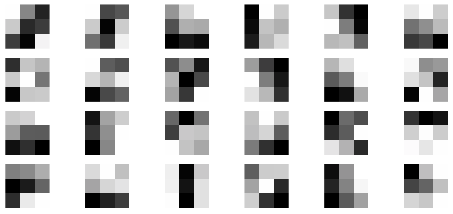Gaussian Elimination#
# Math 545: uMass Amherst Spring 2024
%load_ext autoreload
%autoreload 2
import os
import numpy as np
import scipy as sp
import scipy.linalg as LA
import matplotlib.pyplot as plt
# For output
homedir = os.path.expanduser('~')
Special solving functions#
def backSolve(A):
"""
Assumes that A is an upper triangular augmented matrix.
"""
A = A.astype(float)
nrows = A.shape[0]
ncols = A.shape[1]
x = np.empty(ncols-1)
for i in range(x.size - 1, -1, -1):
# Compute the sum
sum = 0
for j in range(i+1, ncols-1):
sum += A[i, j] * x[j]
x[i] = (A[i, ncols-1] - sum) / A[i, i]
return x
Gaussian Elimination implementation#
def gaussElim(A):
"""
Perform GE. Does overwrite elements below diagonal
"""
nrows = A.shape[0]
ncols = A.shape[1]
for k in range(ncols-1): # Iterate over all columns
for i in range(k+1, nrows): # Walk down the column
lik = A[i, k] / A[k, k]
# Do row operation
for j in range(k, ncols):
A[i, j] -= lik * A[k, j]
return A
# Example
A = np.array([[2, 1, 3, 1],
[4, 4, 7, 1],
[2, 5, 9, 3]])
A = gaussElim(A)
x = backSolve(A)
print(A)
print(x)
[[ 2 1 3 1]
[ 0 2 1 -1]
[ 0 0 4 4]]
[-0.5 -1. 1. ]

